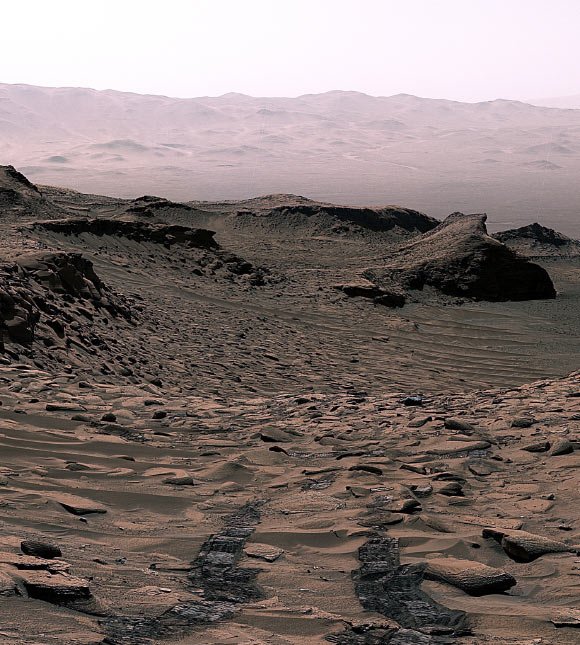In anticipation of the upcoming 35th anniversary of the NASA/ESA Hubble Space Telescope, the Hubble team has released a beautiful new image of the Sombrero galaxy, also known as Messier 104.

This Hubble image shows Messier 104, a galaxy located 28 million light-years away in the constellation of Virgo. Image credit: NASA / ESA / Hubble / K. Noll.
Messier 104 is located approximately 28 million light-years away in the constellation of Virgo.
Also known as the Sombrero galaxy, M104 or NGC 4594, this galaxy was discovered on May 11, 1781 by the French astronomer Pierre Méchain.
It has a diameter of approximately 49,000 light-years — about 3 times smaller than our Milky Way Galaxy.
Messier 104 has a very massive central bulge and hosts a supermassive black hole.
We see the galaxy edge-on, at an angle of 6 degrees south of its plane. Its dark dust lane dominates the view.
Over the past two decades, Hubble has released several images of Messier 104, including this well-known image from October 2003.
“Though packed with stars, the Sombrero galaxy is surprisingly not a hotbed of star formation,” the Hubble astronomers said in a statement.
“Less than one solar mass of gas is converted into stars within the knotted, dusty disk of the galaxy each year.”
“Even the galaxy’s central supermassive black hole, which at nine billion solar masses is more than 2,000 times more massive than the Milky Way’s central black hole, is fairly calm.”
“The galaxy is too faint to spot with the unaided eye, but it is readily viewable with a modest amateur telescope.”
“Seen from Earth, the galaxy spans a distance equivalent to roughly one-third the diameter of the full Moon.”
“The galaxy’s size on the sky is too large to fit within Hubble’s narrow field of view, so this image is actually a mosaic of several images stitched together.”
“One of the things that makes this galaxy especially notable is its viewing angle, which is inclined just six degrees off of the galaxy’s equator.”
“From this vantage point, intricate clumps and strands of dust stand out against the brilliant white galactic nucleus and bulge, creating an effect not unlike Saturn and its rings — but on an epic galactic scale.”
“At the same time, this extreme angle makes it difficult to discern the structure of the Sombrero galaxy,” they said.
“It’s not clear whether it’s a spiral galaxy, like our own Milky Way, or an elliptical galaxy.”
“Curiously, the galaxy’s disk seems like a fairly typical disk for a spiral galaxy, and its spheroidal bulge and halo seem fairly typical for an elliptical galaxy — but the combination of the two components resembles neither a spiral nor an elliptical galaxy.”











